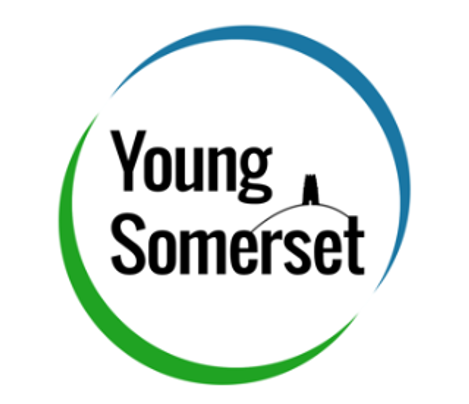This piece was written by Nik Harwood, Chief Executive, Young Somerset.

“Never waste a good crisis”
That’s an advice I learnt a long time ago from a very wise colleague who supported me in my development as a leader. When Covid-19 led us to lockdown, it quickly became apparent that at Young Somerset we had both a crisis, and an opportunity, on our hands – and that we needed to deal with both.
We quickly established baseline methodologies for internal and external communications, mobilised staff resource and capacity to move our organisational and business infrastructure entirely into the digital realm and began discussions with senior staff about operational delivery capability and capacity. How were we going to continue to provide support to Somerset’s young people across all our work (open access youth work, skills development & enterprise, music, and mental health and wellbeing) – at a time when restrictions meant that any semblance of normality for them had disappeared. Young people were experiencing an accelerated removal of all that was familiar – routines, socialisation, freedom – and were being required to comply in an unprecedented way. We were immediately mindful that for a significant number of the young people we serve, being at home would be neither positive nor safe.
“In times of crisis, slow down”
I’m experienced enough to have seen that poor leaders make fast decisions in times of pressure, chaos, uncertainty and crisis. I’ve also seen that even poorer leaders fail to make decisions – and become situationally paralysed. Working collegiately, communicating (internally and externally) like beasts, horizon-scanning and reflecting meant that we were able to make good, strong and timely decisions. I wanted Young Somerset to find its path – navigating the crisis in the immediate but also the mid- and longer- term; I didn’t want us to find fast solutions only to have to break them and redesign a few weeks further down the line.
In this way, we were able to stand up a whole range of services that provided young people with different and blended ways of accessing our support when they (and their families) needed it. We maximised our online presence – using existing and new social media channels – alongside offering phone support and freely-available resources on our website. We worked hard with partners locally, regionally and nationally, to share the creative best practice that was being developed across our sectors – and shared those freely. We offered our experience into that mix as well – the good, the bad, and the ugly – seeking to be generous with our leadership and helping others avoid any mistakes we’d made.
“Si vis pacem, para bellum” (“If you want peace, prepare for war”)
We planned and considered our approaches. We considered contingencies and flexibility and risk, trying to balance the needs of young people with the safety and wellbeing of our staff. We worked up different and dynamic models of service delivery and played them forwards to best and worst outcomes. We shared our struggles and uncertainty and doubts – and tested our thinking and assumptions with each other and, critically, young people. We were able to co-design, co-produce and, even better, hand things completely over to young people who were helping us adapt. In this way, we provided a range of new services and ways of working that we could be confident about; that were fit-for-purpose; and that we weren’t wedded to – if we needed to change them, we could and we would – because we had planned for adaptability.
We found that young people were largely receptive to our new offer – although some were reluctant / unable to participate with online sessions – particularly our therapeutic work. Some young people told us they simply didn’t like video calls, or valued face-to-face more; some didn’t have access to good quality tech, or a safe & confidential space in their home where they could talk uninterrupted. A high number of young people told us their needs decreased – especially around anxiety; their experience of school created their anxiety – and that simply wasn’t there. We found young people thriving – and rediscovering their love of learning – something that secondary education would do well to find again. They were learning different things, relevant things, things about place and space and their relationships – with themselves, their families, their communities.
We also found that our reach increased massively – more young people are accessing Young Somerset’s services than ever before. I told my staff in the first week of lockdown that we would not be going back to where we were – and that I thought that we’d be doing 60% of what was our old normal – with the remaining 40% being new work, new methodology, or both. I haven’t changed that thinking. Young people are telling us what they want to see on the other side of Covid-19 – and we’re listening, adapting, evolving and creating with them.
You might also find these resources helpful
Article: Making the decision to move therapy sessions online (featured on recipes.thecatalyst.org.uk)
Article: Safeguarding online: How Young Somerset digitised their 1-to-1 therapy service in just one week (featured on scvo.org.uk)
Webinars: Remote working – Supporting the wider workforce adapt clinical interventions to remote delivery (featured on swcypiapt.com)